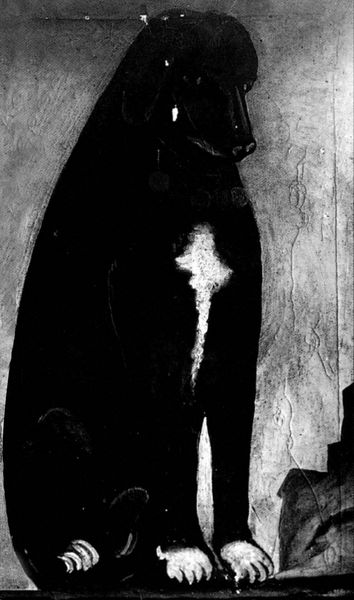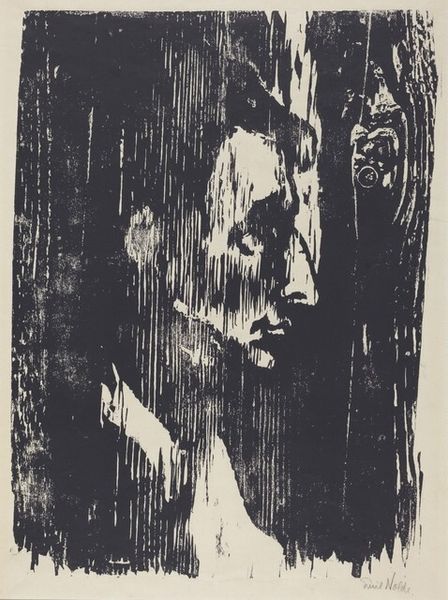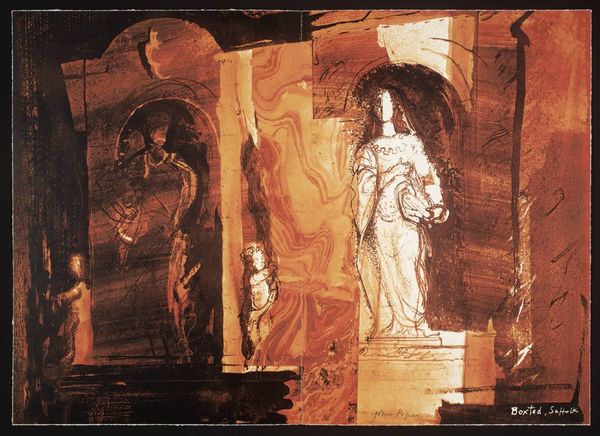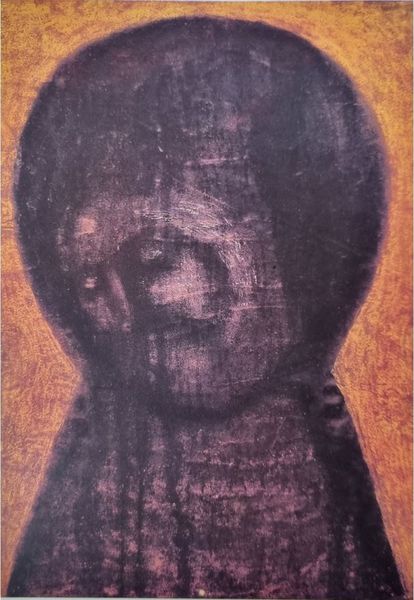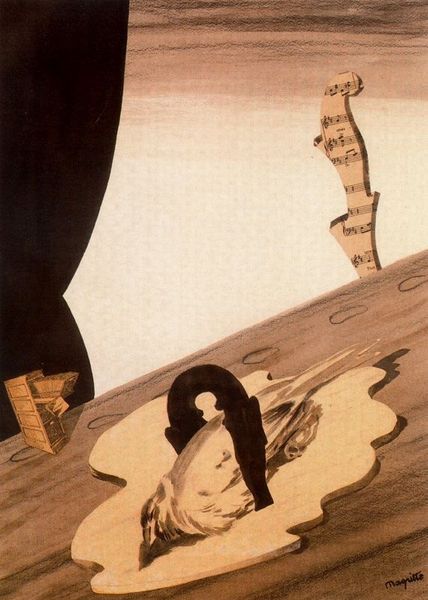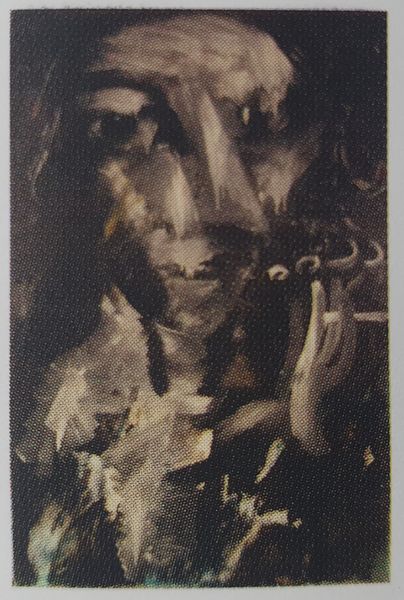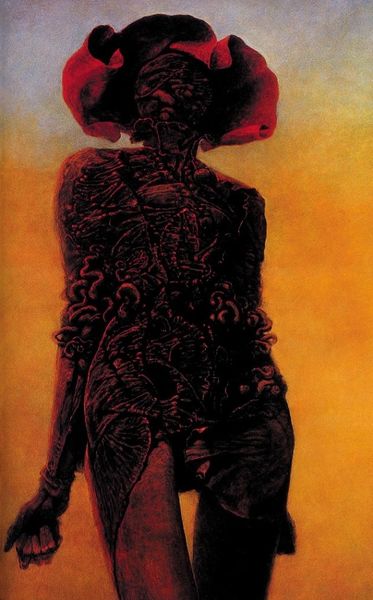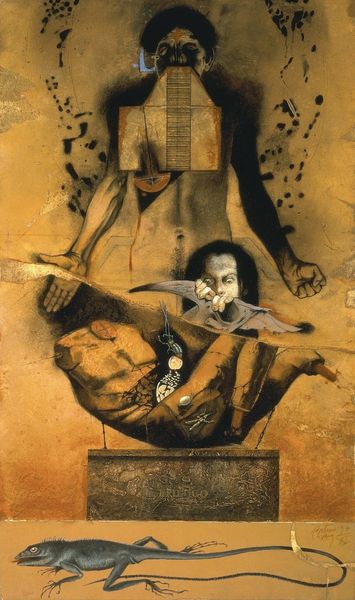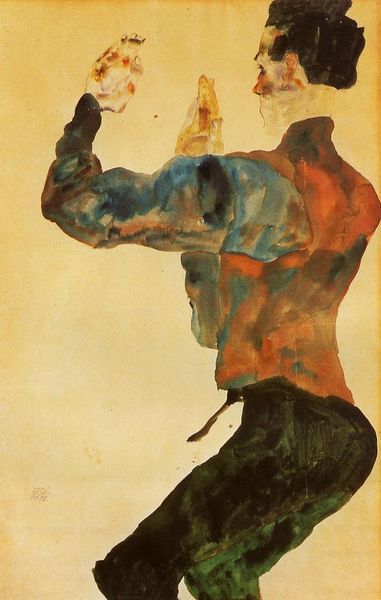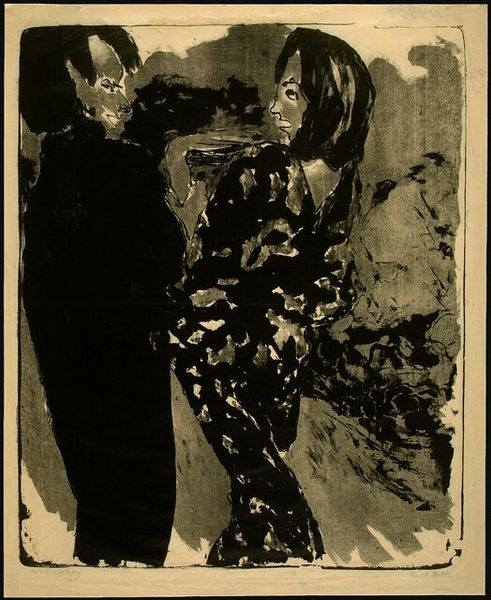
collage
#
portrait
#
collage
#
expressionism
#
surrealism
Copyright: Public domain
Editor: We’re looking at "Vajda Lajos Perui Madonna," a photocollage, dating to 1933. There's an unsettling dreamlike quality about it, maybe a surreal portrait, and I am trying to unravel all these symbols. How do you interpret this work? Curator: I see this work as deeply rooted in the sociopolitical anxieties of the interwar period in Europe. Vajda, drawing upon Surrealist and Expressionist vocabularies, seems to be grappling with questions of identity, both personal and national. Consider the inverted face. How does that affect your understanding of power, visibility, and the subconscious? Editor: The inversion is unsettling, disorienting. And that crown on the chair above it, it’s like symbols are fighting. It’s almost grotesque, to be honest, as a portrait. Curator: Precisely! But also, reflect on the “Madonna” reference in the title. Think about the traditional iconography of the Madonna, a figure of purity and idealized womanhood. How does Vajda subvert these expectations? Could this be a commentary on the societal pressures placed upon women? On Hungarian identity and purity? The collage aesthetic here becomes critical. Editor: It definitely disrupts traditional notions of femininity and challenges expectations. I hadn't considered how those conventional portrayals could, themselves, be forms of pressure. The photograph gives it this really striking and strange texture of reality, somehow. Curator: Exactly. And how does the artist invite viewers to dismantle those expectations, those "realities"? I feel as though these disruptions speak to anxieties about a society that represses identity through expectations around nationhood and motherhood. It is a fractured self, made even stranger with imposed social standards, like royalty. Editor: I see how these images point to social and historical currents beyond just personal expression. Thank you; now, looking again, it feels more active and urgent! Curator: I’m glad. This reminds me how important it is to contextualize an artwork's history and relate its significance to contemporary thought, creating a space for inclusive conversation.
Comments
No comments
Be the first to comment and join the conversation on the ultimate creative platform.
